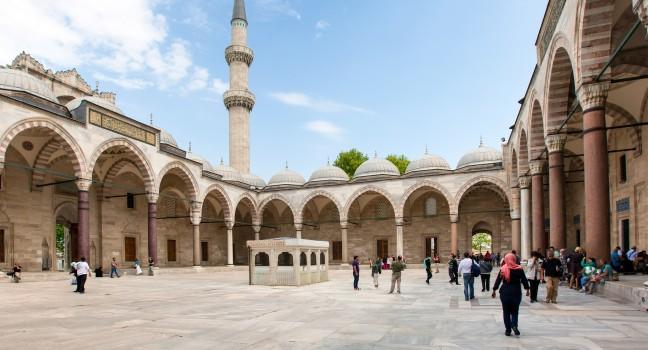Kapalı Çarşı

Take a deep breath, and plunge into this maze of 65 winding, covered streets crammed with 4,000 tiny shops, cafés, restaurants, mosques, and courtyards. Originally built by Mehmet II (the Conqueror) in 1461 over the main Byzantine shopping streets, the Grand Bazaar was rebuilt after fires in both 1943 and 1954. It's said that this early version of a shopping mall contains the largest concentration of stores under one roof anywhere in the world, and that's easy to believe.
Some of the most aggressive salesmanship in the world takes place here, so take yet another deep breath, and put up your guard while exploring. Oddly enough, though, the sales pitches, the crowds, and the sheer volume of junky trinkets on offer can be hypnotizing. Enjoy a glass of tea while you browse through leather goods, carpets, fabric, clothing, furniture, ceramics, and gold and silver jewelry. Remember, whether you're bargaining for a pair of shoes or an antique carpet, the best prices are offered when the would-be seller thinks you are about to slip away.




